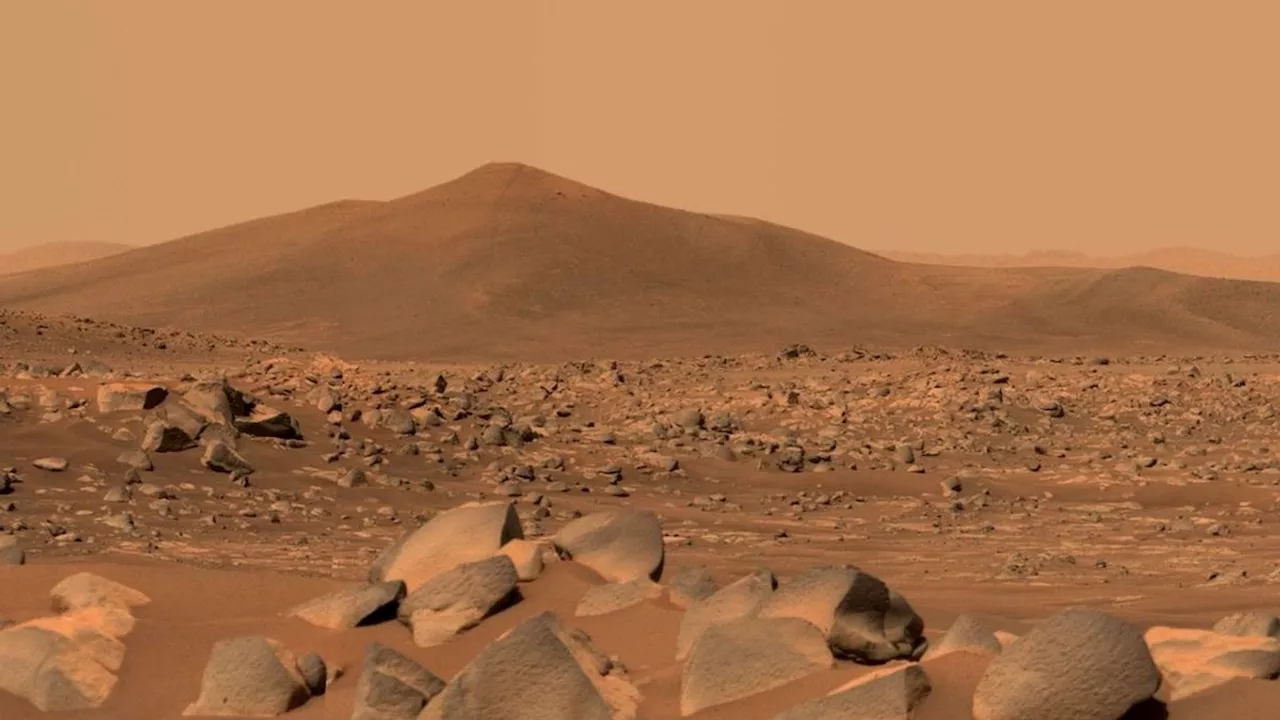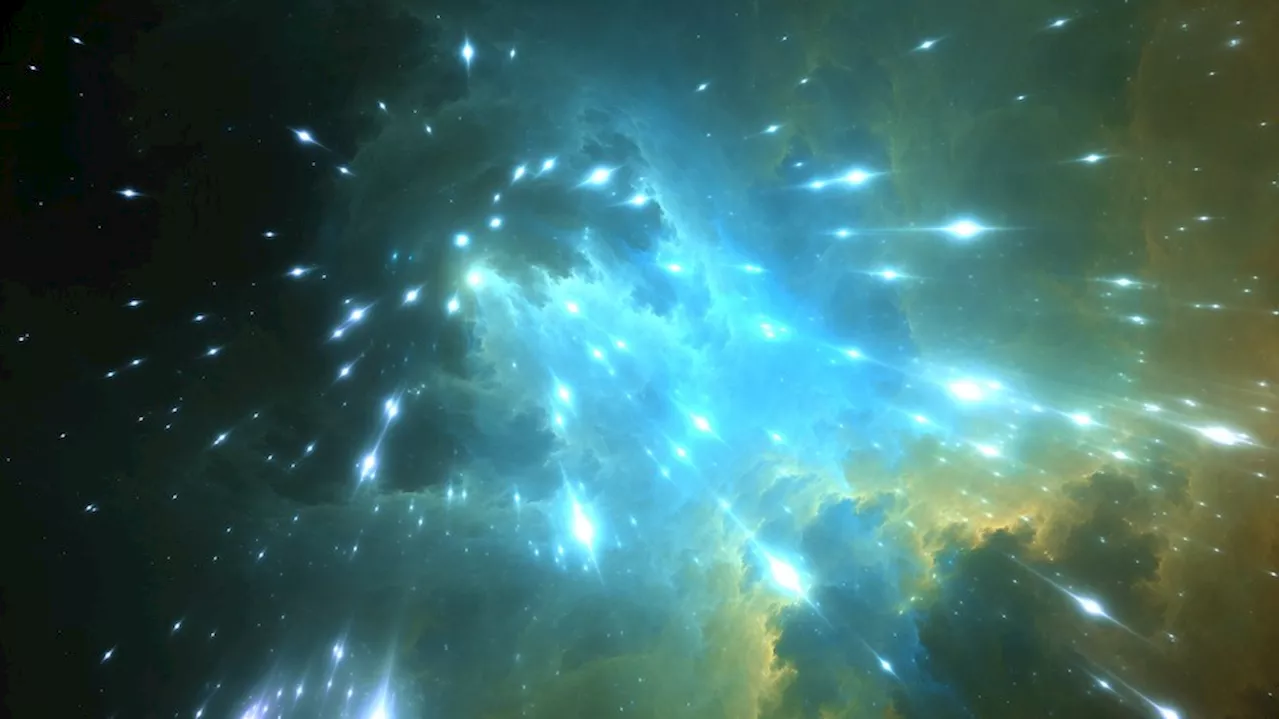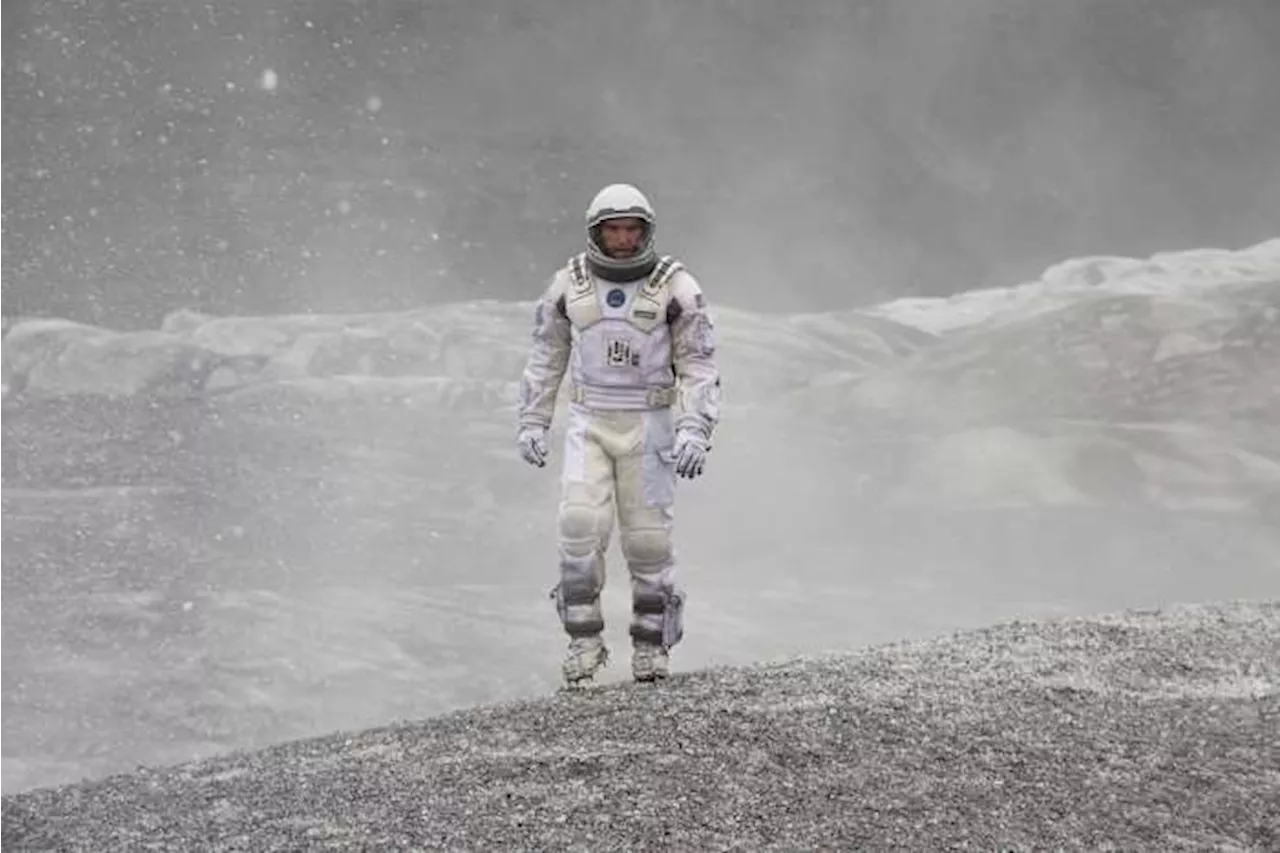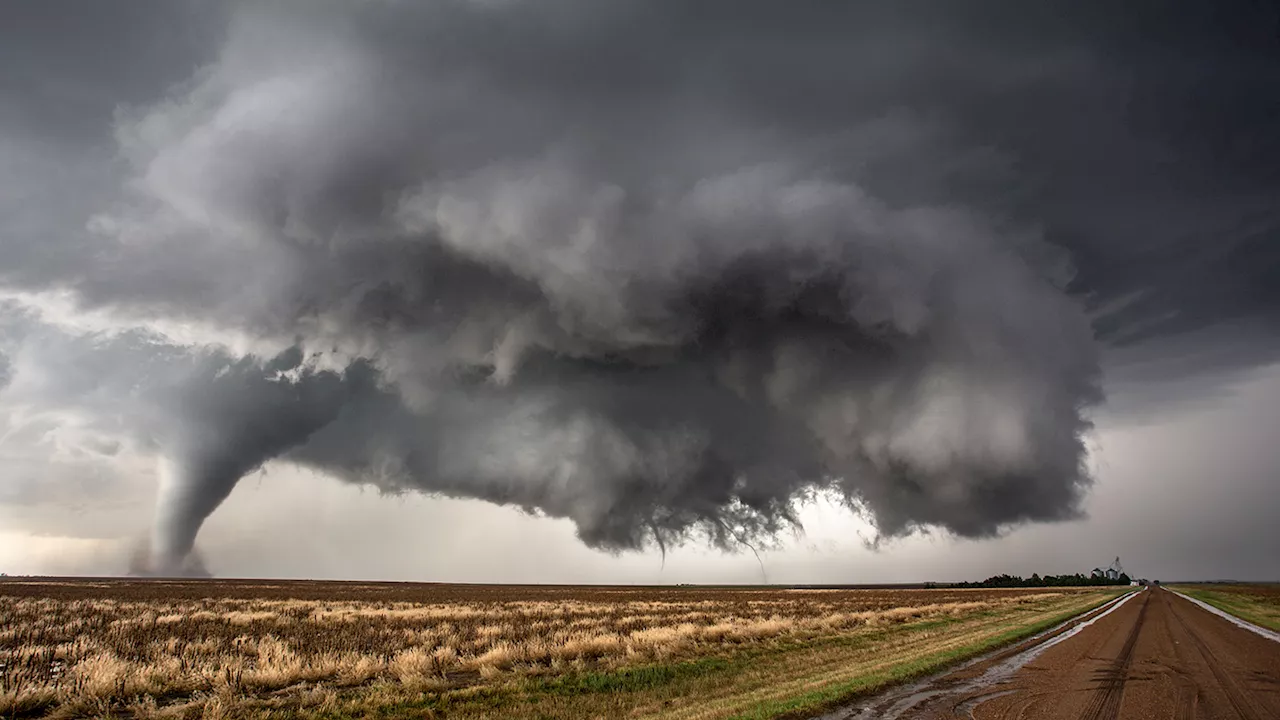A new study suggests that muons, particles produced by cosmic rays, could be used to measure the pressure inside tornadoes, providing insights into their formation.
Supercell thunderstorms are known for their devastating tornadoes, but exactly how the twisters form is poorly understood. A new study suggests that scientists could glean hints with a little help from the cosmos. Researchers report in a paper accepted in that muons, particles produced by cosmic rays, could be used to measure the pressure inside tornadoes. Cosmic rays are an assortment of high-energy particles from space, including protons.
When they careen into the atmosphere, they produce muons that rain down on Earth — including through tornadoes. Computer simulations of supercell thunderstorms suggest that a low-pressure region within a storm contributes to tornado formation. But scientists have struggled to take measurements inside the destructive tempests. Muons could probe pressure from a distance, solving that problem. \u201cYou could actually use this technique to do pressure measurements remotely,\u201d says physicist William Luszczak of the Ohio State University. \u201cSo instead of having to put a pressure sensor inside a tornado, you could measure the pressure from five kilometers away.\u201d Muons are sensitive to the density of the air they pass through. Lower air pressure, which corresponds to a lower density, means more muons make it all the way to the ground. That muon excess could be identified with a detector on the ground. Based on computer simulations of tornadoes and cosmic rays, the researchers propose using a large detector spread across an area of 1,000 square meters. That might sound like a lot, but cosmic ray physicists are used to building enormous detectors. The GRAPES-3 experiment in Ooty, India, which detects muons over an area of 25,000 square meters, previously used the particles to reveal That large-scale approach would mean waiting and hoping for a storm to pass close enough to observe. Alternatively, a smaller, portable detector, of about 100 square meters, could be transported to the location of predicted severe weather
TORNAOES COSMIC RAYS MUONS SUPERCELL THUNDERSTORMS PRESSURE MEASUREMENTS
United States Latest News, United States Headlines
Similar News:You can also read news stories similar to this one that we have collected from other news sources.
 Cosmic rays may complicate the quest to find life on MarsKiona Smith is a science writer based in the Midwest, where they write about space and archaeology. They've written for Inverse, Ars Technica, Forbes and authored the book, Peeing and Pooping in Space: A 100% Factual Illustrated History. They attended Texas A&M University and have a degree in anthropology.
Cosmic rays may complicate the quest to find life on MarsKiona Smith is a science writer based in the Midwest, where they write about space and archaeology. They've written for Inverse, Ars Technica, Forbes and authored the book, Peeing and Pooping in Space: A 100% Factual Illustrated History. They attended Texas A&M University and have a degree in anthropology.
Read more »
 A new discovery about the source of the vast energy in cosmic raysNew research suggests that these ultra-high energy rays derive their energy from magnetic turbulence.
A new discovery about the source of the vast energy in cosmic raysNew research suggests that these ultra-high energy rays derive their energy from magnetic turbulence.
Read more »
 Another Clue About the Ultra-High Energy Cosmic Rays: Magnetic TurbulenceSpace and astronomy news
Another Clue About the Ultra-High Energy Cosmic Rays: Magnetic TurbulenceSpace and astronomy news
Read more »
 Ultra-High-Energy Cosmic Rays: Probing the Universe's Most Energetic EventsSpace, while seemingly empty, is traversed by ultra-high-energy cosmic rays, containing millions of times more energy than the Large Hadron Collider. These rays, thought to originate from the most energetic events in the universe like supernovae and active galactic nuclei, may be linked to magnetic turbulence. Studying these particles, which bombard Earth and produce secondary particles, helps scientists understand their origins and potential impact on Earth's climate and biodiversity.
Ultra-High-Energy Cosmic Rays: Probing the Universe's Most Energetic EventsSpace, while seemingly empty, is traversed by ultra-high-energy cosmic rays, containing millions of times more energy than the Large Hadron Collider. These rays, thought to originate from the most energetic events in the universe like supernovae and active galactic nuclei, may be linked to magnetic turbulence. Studying these particles, which bombard Earth and produce secondary particles, helps scientists understand their origins and potential impact on Earth's climate and biodiversity.
Read more »
 Universe expansion study confirms challenge to cosmic theoryNew observations from the James Webb Space Telescope suggest that a new feature in the universe -- not a flaw in telescope measurements -- may be behind the decade-long mystery of why the universe is expanding faster today than it did in its infancy billions of years ago.
Universe expansion study confirms challenge to cosmic theoryNew observations from the James Webb Space Telescope suggest that a new feature in the universe -- not a flaw in telescope measurements -- may be behind the decade-long mystery of why the universe is expanding faster today than it did in its infancy billions of years ago.
Read more »
 Christopher Nolan on ‘Interstellar’s’ cosmic success 10 years laterThe hardest movie ticket to get this weekend was for a film audiences have been able to watch at home for years: Christopher Nolan’s “Interstellar.”.
Christopher Nolan on ‘Interstellar’s’ cosmic success 10 years laterThe hardest movie ticket to get this weekend was for a film audiences have been able to watch at home for years: Christopher Nolan’s “Interstellar.”.
Read more »
